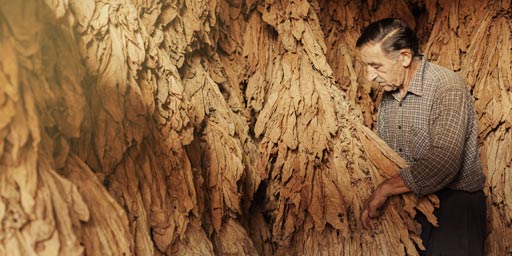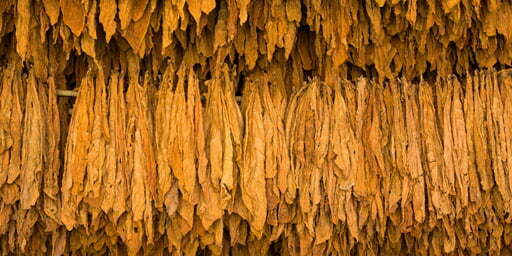What factors affect the temperature difference between the inner and outer layers of the dryer and the temperature control
In the process of using the dryer to dry the material, it is carried out according to the temperature difference between the inner and outer layers and different temperatures. If the temperature control is not within the specified range, some accidents will occur, in order to avoid this phenomenon As an operator, as an operator, we must set an example and take every process seriously, and we must not be sloppy. How to control the temperature difference and temperature between the inner and outer layers of the drum?
In order to grasp the influence of the material layer penetration wind speed of the dryer on the material heating speed and temperature distribution uniformity, under other conditions unchanged, the average penetration wind speed of the material layer has been carried out on the material heating speed and the material layer temperature distribution uniformity. Single-factor experimental study of the impact to find a suitable range of penetrating wind speed. During the test, the power of the far-infrared electric heating tube of the dryer is 9kW, and the thickness of the material layer is 150mm. In the material layer, the distance to the far infrared electric heating tube is close, middle and far 3 positions to measure the temperature rise of the material.
The test shows that when the material layer penetrates the wind speed is small, the material close to the electric heating tube heats up faster; after starting to heat, the temperature difference between the inner and outer layers gradually increases, and after heating for 20 minutes, the temperature rises slowly, and the temperature difference between the inner and outer layers Gradually decrease with time. This is because at the beginning of heating, according to the negative quadratic law, the radiation energy attenuates with the square of the radiation distance, which causes the inner layer of the material to heat up faster, and the temperature difference between the inner and outer layers is larger; after heating for 20 minutes, the temperature of the inner layer of the material It gradually tends to the highest temperature that can be heated under this condition. At this time, the hot air mainly exchanges heat with the middle and outer materials, causing the temperature of the middle and outer materials to continue to rise, so that the temperature difference between the inner and outer layers gradually decreases.
As the average penetration wind speed of the material layer increases, the temperature of the inner layer of the dryer increases slowly, and the temperature difference between the inner and outer layers becomes smaller. This is mainly because when the penetrating wind speed increases, the heat exchange effect is strengthened, and the airflow transfers the inner layer heat to the outer layer materials in time, so the inner layer heats up slowly and the temperature difference between the inner and outer layers becomes smaller. Obviously, when the penetrating wind speed is high, the material is heated uniformly, but the temperature rise is too slow, which is not conducive to the drying process, and for a certain thickness of material layer, the exhaust gas takes more heat, the heat energy utilization rate is low, and the energy waste is large. If the penetrating wind speed is low, the inner material heats up quickly and is easy to overheat. Therefore, considering comprehensive considerations, the range of average penetrating wind speed of the material layer is appropriate to be 0.25-0.45m/s.




